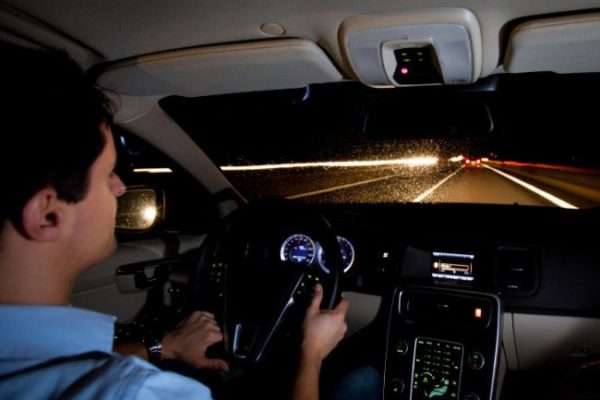According to The Washington Post, it appears as if the latest digital innovation –augmented reality display – has now made its way to the automotive industry.
Once only available to highly-trained jet pilots, these heads-up windshield displays were recently promoted by automakers at the 2015 Consumer Electronics Show (CES).
The problem is that, while these windshield displays may seem like a novel way to keep drivers’ eyes on the road so as to avoid certain types of distracted driving, safety advocates are concerned the displays will pose new types of danger risks.
Heads-Up Technology Turns Windshields into See-Through Digital Displays
As The Washington Post reports, vehicle manufacturers are touting this heads-up technology as a distraction-free way for drivers to view information and receive visual clues pertaining to speed, distance between vehicles, road conditions, directions, potential hazards, vehicle condition and more – all from the windshield and directly in the line of sight.
Even social media posts, text messages and cell phone alerts will be able to be viewed on these transparent displays.
For all intents and purposes, this heads-up technology is intended to transform the standard windshield into an interactive, see-through digital display.
Pros and Cons of Windshield Displays
The argument in favor of these windshield displays is that drivers would no longer need to take their eyes off the road ahead to view in-vehicle GPS directions. They would not have to take their hands off the wheel to reach for various dials, gauges or displays.
Instead of having a sensor or warning light go off on your vehicle’s dash, alerting you to a potential danger ahead, your windshield could display the information arguably allow you to avoid a collision.
The augmented reality windshield would provide a “media-rich, interconnected display,” offering extensive information directly in the driver’s line of sight, without the dangers of completely obscuring the view, as the Wall Street Journal notes.
On the downside, drivers need to keep their eyes on the road, hands on the wheel and attention on the task of driving. Any type of cognitive or visual distraction is known to pose a serious risk, according to Distraction.gov.
Instead of a driver paying attention to what is happening in front and around the vehicle, the driver could be at risk of being more focused on the display.
Wouldn’t information projected into the middle of your line of sight be a distraction in and of itself? Also, what happens if the technology behind such an idea were to malfunction? Could drivers be given inaccurate visual cues and information?
As to whether this heads-up technology will actually reduce the risk of distracted driving accidents or prove to be a new type of distracted driving, it is probably too soon to tell.
To those who are more technology-oriented, these types of in-vehicle displays may be a welcome addition. To others, it may be one more dangerous distraction that could lead to errors in judgment, accidents and injuries that could have been avoided.









